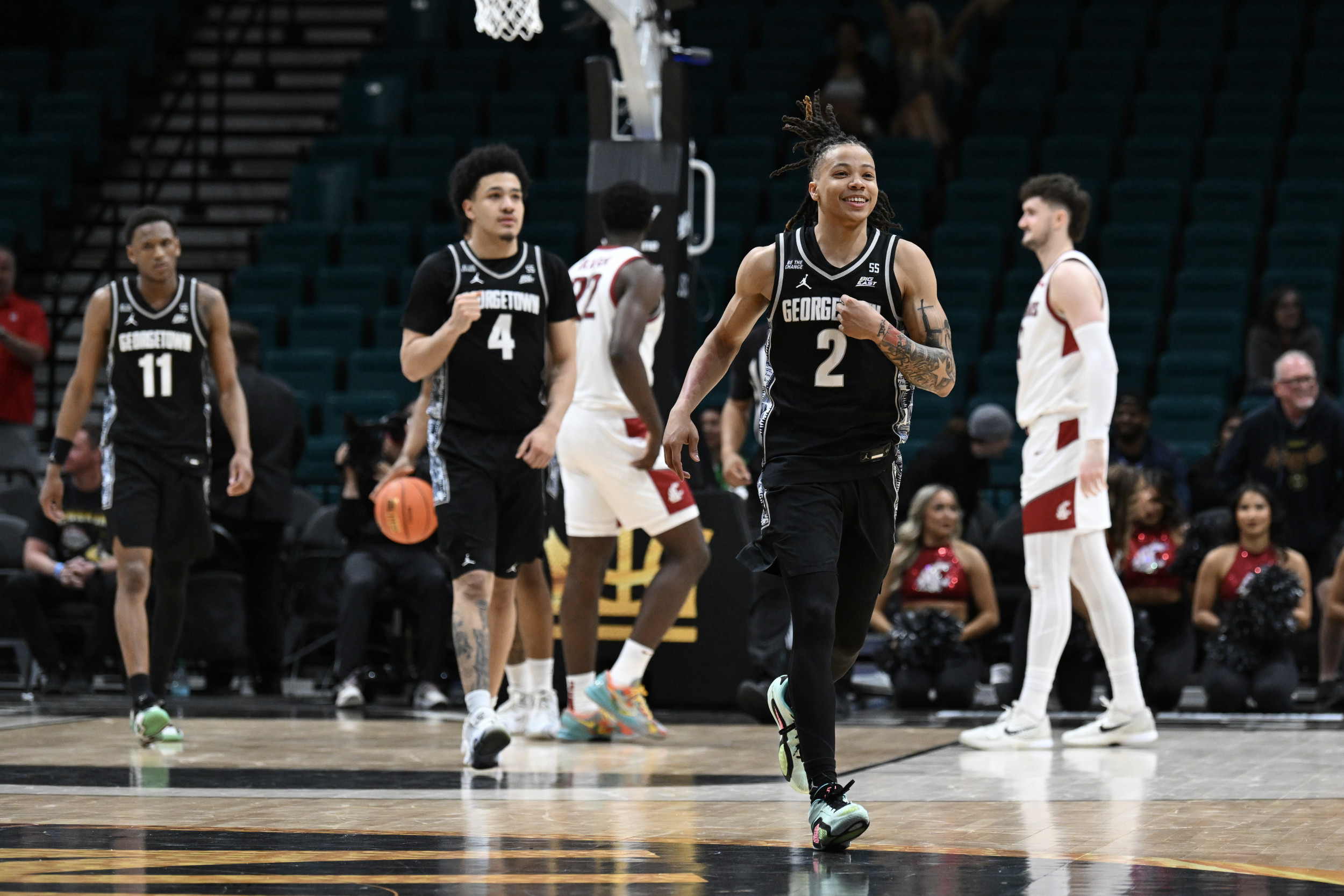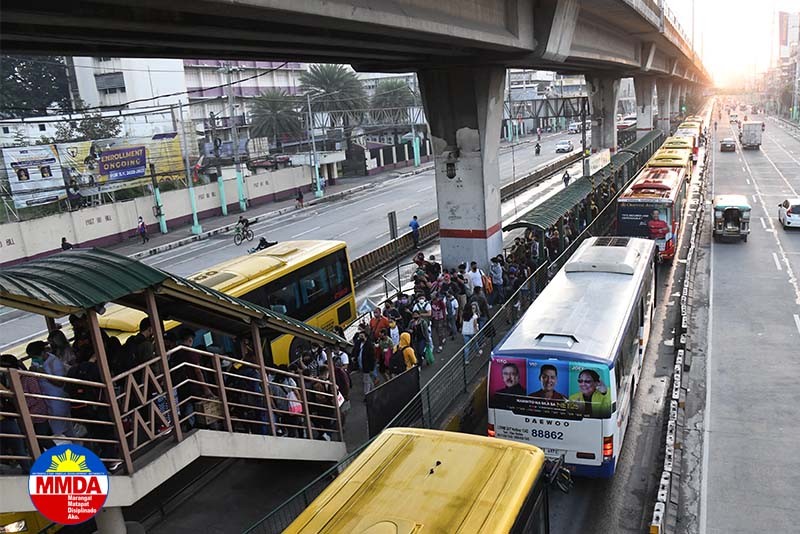
The Reserve Bank of Australia’s (RBA) decision to hold the cash rate steady at 4.10% yesterday has attracted criticism over the board’s reasoning.The newly-reformed and slimmed down RBA board was quick to acknowledge the expected line on uncertainty around Australia’s erratic relationship with inflation after Tuesday’s decision.
However, its monetary policy statement specifically pointed to geopolitical risks and US president Donald Trump’s plans for a wider set of tariffs, which are poised to ignite a trade war when announced this week. (function(videojs) {var videoId = "6370846451112-46";var video = videojs(videoId);var globalId = "iris_6370846451112_46";video.pluginDev(videojs.

mergeOptions({}, { start_up_next: false, end_up_next: false, global: globalId, ssl: true, thumbs_down: false, thumbs_up: false}));})(window.videojs); (function(videojs) {var videoId = "6370846451112-46";var durationElement = document.createElement('div');durationElement.
className = 'vjs-overlay-duration';var durationFragment = document.createDocumentFragment();durationFragment.appendChild(durationElement);var video = videojs(videoId);video.
overlay({ overlays: [{ align: 'bottom', content: durationFragment, showBackground: false, start: 'loadstart', end: 'play' }]});video.on('loadstart', updateVideoDurationOverlay);video.ready(function() { var isOverlayActive = true; video.
on('play', function() { if (isOverlayActive) { isOverlayActive = false; video.overlay({ overlays: [] }); } }); updateVideoDurationOverlay();});function updateVideoDurationOverlay() { var myPlayer = this; if (myPlayer.mediainfo && myPlayer.
mediainfo.duration) { var duration = secondsToMMSS(myPlayer.mediainfo.
duration); durationElement.textContent = duration; }}function secondsToMMSS(totalSeconds) { var minutes = Math.floor((totalSeconds) / 60); var seconds = totalSeconds - (minutes * 60); // remove any decimals seconds = Math.
round(seconds); var result = minutes + ":" + (seconds < 10 ? "0" + seconds : seconds); return result;}})(window.videojs);This comes despite RBA governor Michele Bullock’s consistent line of messaging this year that Australia will not follow other major economies with its cash rate decisions, nor be swayed by them.On US tariff watchMonash University Department of Economics senior lecturer Isaac Goss said the Reserve Bank will be “watching carefully” to see if Trump’s tariffs pose a substantial risk to the domestic economy.
“The big elephant in the room is Trump's tariffs; nobody knows how big they will be, who they will target and if other countries will retaliate,” he warned.In yesterday’s post-decision press conference, governor Michele Bullock acknowledged a trade war would be very damaging.US president Donald Trump is poised to announced new tariffs on 'Liberation Day' this week.
Picture: Brendan Smialowski / AFP“Australia as a small open economy has benefitted massively from open trade,” she said. “A world trading system that is fragmenting is not good for us. A trade war with escalating tariffs is going to slow down growth in world trade.
”Politics at play?The Australia Institute has criticised the hold as “just as political as if the RBA had cut rates”.“The treasurer and the prime minister constantly remind us the bank is independent of government and politics, now, suddenly, the RBA doesn’t want to look political,” its statement read.Chief economist Greg Jericho argued all indicators have been moving in the right direction for a cut since February.
(function(videojs) {var videoId = "6370170156112-62";var video = videojs(videoId);var globalId = "iris_6370170156112_62";video.pluginDev(videojs.mergeOptions({}, { start_up_next: false, end_up_next: false, global: globalId, ssl: true, thumbs_down: false, thumbs_up: false}));})(window.
videojs); (function(videojs) {var videoId = "6370170156112-62";var durationElement = document.createElement('div');durationElement.className = 'vjs-overlay-duration';var durationFragment = document.
createDocumentFragment();durationFragment.appendChild(durationElement);var video = videojs(videoId);video.overlay({ overlays: [{ align: 'bottom', content: durationFragment, showBackground: false, start: 'loadstart', end: 'play' }]});video.
on('loadstart', updateVideoDurationOverlay);video.ready(function() { var isOverlayActive = true; video.on('play', function() { if (isOverlayActive) { isOverlayActive = false; video.
overlay({ overlays: [] }); } }); updateVideoDurationOverlay();});function updateVideoDurationOverlay() { var myPlayer = this; if (myPlayer.mediainfo && myPlayer.mediainfo.
duration) { var duration = secondsToMMSS(myPlayer.mediainfo.duration); durationElement.
textContent = duration; }}function secondsToMMSS(totalSeconds) { var minutes = Math.floor((totalSeconds) / 60); var seconds = totalSeconds - (minutes * 60); // remove any decimals seconds = Math.round(seconds); var result = minutes + ":" + (seconds < 10 ? "0" + seconds : seconds); return result;}})(window.
videojs);“Interest rate cuts never happen as a one off. The RBA already indicated that more cuts are coming, so, why wait,” he said. “The RBA is more worried about appearing political than doing the right thing by Australians.
”Deloitte Access Economics head Pradeep Philip said Australians may be disappointed in the decision not to go for a second consecutive rate cut but should not be surprised.“February’s rate cut was a cautious one, made with one eye on the various upside risks to inflation: a tight labour market, considerable geopolitical uncertainty around tariffs, and low productivity growth,” he said.“Two months on, and these factors are still in play, and are clearly being closely watched by the RBA’s new-look monetary policy board.
”Treasurer Jim Chalmers yesterday said there is now “strong expectation of a rate cut in May” but was quick to hose down talk of political decision making.“I don’t see this decision in political terms,” he said in a press conference. “The RBA has made it really clear that one of the things that’s front of their mind in all of this is the global uncertainty and escalating trade tensions.
”Soft landing for inflationDespite global uncertainty, it could be said the case for a second rate cut is certainly growing, thanks in large part to Australia’s success domestically this year in curbing high inflation.Headline inflation has been within the bank’s 2-3% target range all year, while trimmed mean inflation – the more important measure – was just outside it at 3.2% in the December quarter.
“The RBA will wait for the March quarter inflation data before considering pulling the rate cut trigger,” Mr Philip said. “But it will find the clear easing in rent and building costs identifiable in the monthly data encouraging.”Dr Goss agreed the next rate cut could follow quickly if the quarterly inflation data set to be published on 30 April is low.
Governor Michele Bullock is not convinced Australia's inflation woes are in the past. Picture: NCA NewsWire / Martin Ollman“However, the RBA is still concerned [the December quarter] might have been a one-off result,” he warned.Election countdownThis week’s monetary policy decision also comes in the middle of the federal election campaign.
Mr Philip said the RBA's monetary policy board will be keen to avoid the awkward optics of a pre-election rate cut."It will want the space to consider how any pending pre-election commitments may influence the inflationary outlook,” he added.The federal election is four-and-a-half weeks away and will take place in advance of the RBA's next cash rate decision on 17 May.
This article first appeared on Mortgage Choice and has been republished with permission.The post RBA cash rate hold blasted ‘too political’ as Trump tariff woes bite appeared first on realestate.com.
au..















